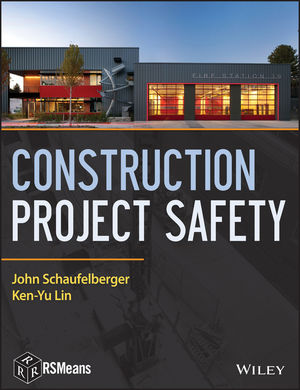New survey uncovers construction safety

Commercial construction companies often must demonstrate safety performance before bidding for business contracts. Safety performance traditionally includes injury records, workers’ compensation claims, and future risk. However, these indicators are limited in their ability to predict future safety.
Policies, programs, and practices for workplace safety and health are considered more accurate indicators, because they are the underlying causes of injury and illness. These so-called leading indicators now are used more frequently for safety surveys to prequalify for contract bidding, but the accuracy of these surveys is unproven.
To address this issue, the NIOSH-funded construction center CPWR—The Center for Construction Research and Training supported a study by researchers at Northeastern University in Boston. The scientists developed and tested a new 63-item survey of construction safety policies, programs, and practices.
As part of a larger research project, 43 subcontractor managers on 24 construction sites in the Boston-metro area completed the new survey. At the same time, researchers administered separate surveys focused on safety climate and injury rates to 1,426 workers at the same sites and then compared the results. The study occurred between January 2017 and August 2018.
Researchers found that higher survey scores of the leading indicators were linked to worksites with greater safety climate and lower injury rates. Construction sites and their projects appeared more critical in increasing safety than specific subcontracting companies. With each 1-point increase in the new survey’s score, worksite safety climate and subcontractor safety climate rose. These findings highlight the overall importance of construction worksites for worker safety and health and of improving safety performance surveys for prequalification. The study appeared in the American Journal of Industrial Medicineexternal icon.
More information is available:
Looking for a reprint of this article?
From high-res PDFs to custom plaques, order your copy today!








